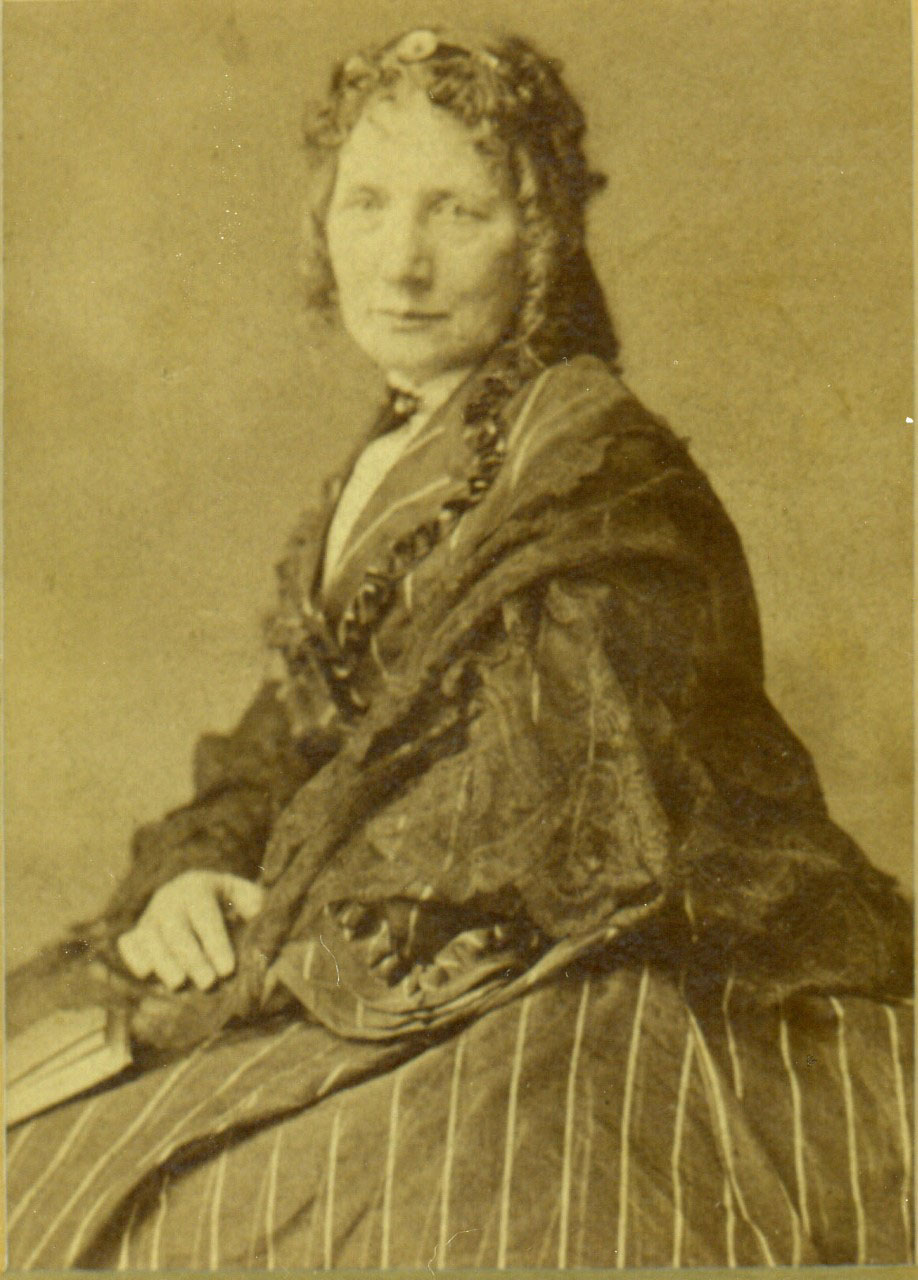June 5, 1851: Harriet Beecher Stowe’s Novel Uncle Tom’s Cabin Builds Empathy For The Plight Of The Enslaved In The North.
You are there: After the first installment of Uncle Tom’s Cabin is published in the weekly abolitionist newspaper The National Era, the public response is so enthusiastic that Harriet Beecher Stowe converts her original short story into a full length novel. Within the next year
it becomes the top selling book in the 19th century with 300,000 copies bought in the U.S. and over one million in Britain.
The author is a member of the renowned Beecher family of New England. The patriarch is the Reverend Lyman Beecher, pillar of Calvinism and the Presbyterian Church, who fathers eleven surviving children including seven clerical sons and four accomplished daughters.
Harriet Elizabeth is the sixth child and benefits from her father’s commitment to education, attending the Hartford Female Seminary run by her sister, Catharine. She moves to Cincinnati in 1832, a hotbed of controversy over slavery, and marries Rev. Calvin Stowe, a professor of Biblical Studies at Lane Theological Seminary.
To supplement the family income, Harriet occasionally writes articles and short stories. When the 1850 Fugitive Slave Act becomes law, she decides that her “vocation is to preach on paper,” with a focus on slavery.
According to Harriet, the inspiration for her famous novel comes from talking with blacks in Cincinnati, reading the 1849 autobiography of the runaway Josiah Henson, and in a series of visions she experiences. The first such vision occurs in February 1851 when she sees a black man named Uncle Tom, being whipped to death by two fellow slaves, directed by an overseer, one Simon Legree.
When completed, the novel has two didactic storylines. The first traces the daring escape of the enslaved Eliza and her son across the frozen Ohio River and her journey to freedom in Canada with the help of various Quaker families. This happy ending is offset against the tale of Uncle Tom who ends up being beaten to death by Legree for trying to protect two female slaves from his lechery. In Christ-like overtones, Tom forgives Legree before he dies.
Thus Stowe dramatizes three messages along the way:
- The need for Christians to stand up for social justice.
- The moral decadence inherent in the practice of slavery.
- The prospect for healing forgiveness exhibited by Tom to the end.
The popularity of Stowe’s work in the North prompts immediate rebuttals, with the Southern Press Review calling the work “a caricature of slavery.” In its criticism, however, it highlights the very things that Stowe abhors:
It selects for description the most odious features of slavery—the escape and pursuit of fugitive slaves, the sale and separation of domestic slaves, the separation of husbands and wives, parents and children, brothers and sisters. It portrays…those in favor of slavery (as) the most weak, depraved, cruel and malignant of beings and demons.
The literary response to Stowe comes in the form of “Anti-Tom” novels penned by Southerners like William Gilmore Simms which feature idyllic plantations, run by kindly masters and mistresses, who watch over their invariably childlike slaves, while also offering them Christian instruction and the chance for eternal salvation.
But these comebacks do little to stop the momentum and impact of Stowe’s story, and the
most dramatic claim as to the effect comes from one of her sons who reports that, upon meeting his mother at the White House in November 1862, President Lincoln says:
So you are the little woman who wrote the book that started this great war.
